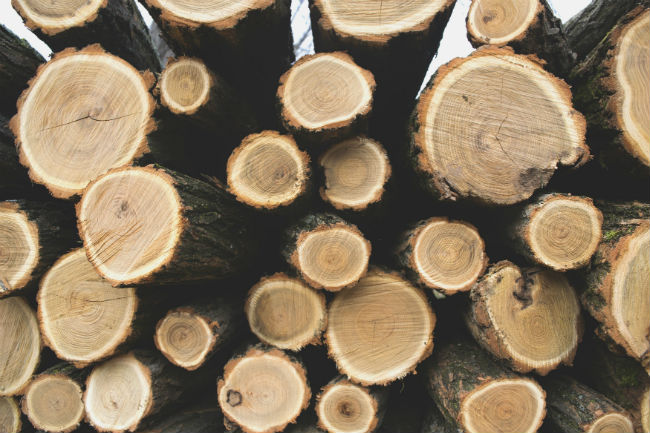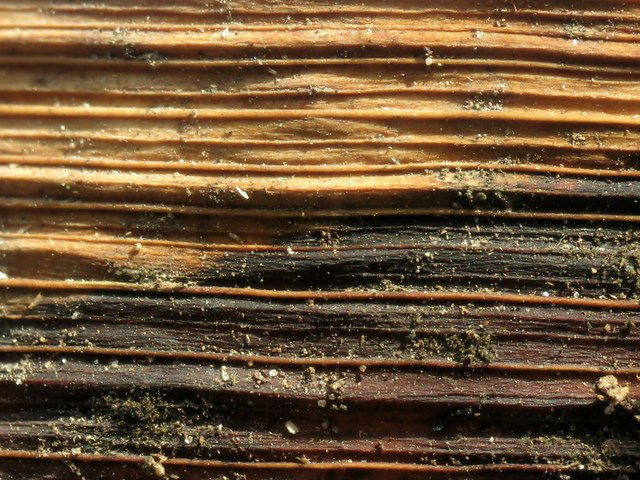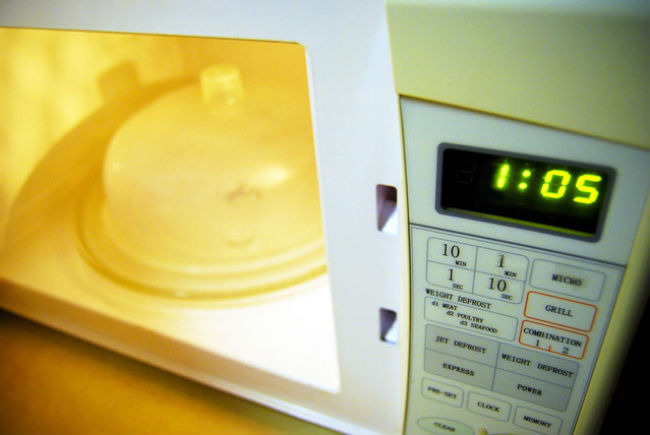Termitoidae is a drywood termite scientific name. Drywood termite types choose warm places for habitat. They can be easily found in the south of the U.S. According to the drywood termite map, they occupy the territory from state of Virginia southward to Florida, then alongside the Gulf of Mexico and across Mexico, upward the West Coast of California. Drywood termite treatment is of immediate interest in these infested areas.
There are different species of drywood termites: Dark Western Drywood Termite, Light Western Drywood Termite, Light Southeastern Drywood Termite, West Indian Drywood Termite, and others.
All drywood termite types activity results in serious damage to buildings, woodwork and furniture. They eat, live and nest in undecayed wood: utility poles, wooden structures of the buildings, fences. As their colonies are less numerous than subterranean’s, they cause damage slower. A mature six-seven year-old drywood colony can consume up to ½ lb of wood each year.

Drywood termite identification and organization
Colonies of drywood termites can be detected in dry and seasoned wood. A drywood termite look like ants, they are small and similar in size. They are commonly of creamy-brown color. They have narrow, cylindrical-like body. They not more than 1 inch long.
Life cycle of drywood termite can be divided and classified into three growth stages:
1. egg stage
2. immature stage
3. adult stage
Six months after leaving the egg, termite is in the function of larvae. Then they are nymths. At the age of 2-3 years old they can become soldiers and only at 5 they are already mature zooids (alates) and can start a new colony. Lifespan of drywood termite colony in comfortable environmental conditions is over ten years.
Drywood termite caste system is a bit different than subterranean’s. The family members are the Queen and the king, reproductives, soldiers. There are no workers. The working function is performed by nymphs. “False workers” feed on cellulose containing timber, cut across the grain of the wood and make tunnels or galleries in it. In some places they excavate chambers where the queen lays the eggs. Then the nymths got from these eggs and then metamorphized from termite larvae start working with others to organize the life in the colony. After some time they become either soldiers or alates.
Drywood termite swarmers are fertile females and males that leave their native nest to start a new colony in some other place. It usually happens during warm spring days. When the drywood termite swarming season comes, nymths make holes about ⅛ inch in diameter and alates fly out. Winged drywood termite reproductives fly away in search of a crack in dry wood to organize a new colony. Drywood termite swarm usually lasts from spring to fall and depends on weather conditions.
Signs of drywood termite infestation
Drywood termites prefer dry wood and warm comfortable conditions with low moisture level. They do not build traditional muddy-clay termite mounds. The evidence of drywood termite infestation can be found in and near window and door wooden frames, stored wood, fences, utility poles, in the attic, wooden siding, interior decor.
You can look for signs of drywood termite damage such as “kick-out’ holes in wood structure. You can also see extruded drywood termite frass (fecal droppings) from these holes near woodwork. Insects tend to keep their galleries and nest clean and use kick-out holes for this purpose. Their droppings are six-sided hexagonal egg-shaped solid granules of wood color (from light-brown to dark brown).
You can also find cast swarmer wings as the evidence of drywood termites in the attic. During swarming period, flying drywood termites commonly fly through poor vent systems and through open windows in the attic. For this reason regular inspection for evidence of damaged wood inside home is obligatory.

Drywood termite treatment
If you have found the signs of drywood termite damages and other evidences of infestation, extermination methods must be applied as early as possible. Drywood termite treatment can be performed in the following ways:
Localized or spot drywood termite treatment
– drywood termite treatment with chemicals
The close social habits such as mutual feeding and grooming are inherent to termites of this type and can be used against them for spot drywood termite treatment. This method is effective if infestations are limited and you know it for sure. Modern termite control baiting systems, sprays and foams can be purchased without license and used for drywood termite eradication.
Install baits in the area of drywood termite activity. They have a delayed poisonous lethal effect on termites which have passed through them and on colony members during mutual grooming and feeding.
You can also use different ways to get rid of drywood termites naturally in the case of limited infestations (furniture, books, frames):
– microwave treatment for drywood termites
– heat treatment for drywood termites
– freezing treatment
– salty water treatment
– orange oil treatment for drywood termites

Local treatment for drywood termites can be performed by yourself and by professionals. Drywood termite treatment home remedies can be easily bought in a pest control store and home depot, however, the result of drywood termite treatment can be unpredictable and unsatisfactory. We recommend to hire a professional pest control company to deal with the insect problem and to exterminate drywood termites naturally, safe and effective.
Structural and local fumigation
Professional pest control company can exterminate drywood termites with structural fumigation of great infestations and with local or spot fumigation of limited infestations in furniture, books. Using chemical fume for treatment is a very effective method to ensure successful pest eradication. You will be asked to leave your home for some days. This method must be performed only by licensed pest control fumigators. Chemical products used for fumigation (Vikane gas and Bromo-gas) are of restricted use and cannot be purchased without a license. Fume gases can easily penetrate the wooden structure through cracks and holes. Fumigation treatment results in consuming the oxygen and replacing it with the poisonous to wood pests gas. This fume will lead to immediate death of drywood termites and results in 100 per cent extermination. Eggs and larvae left will not be able to survive without matures. Drywood termite colony will come to its end.
Okay – Good article – but fails to state what chemical should be used to get the best results for drywood termites.